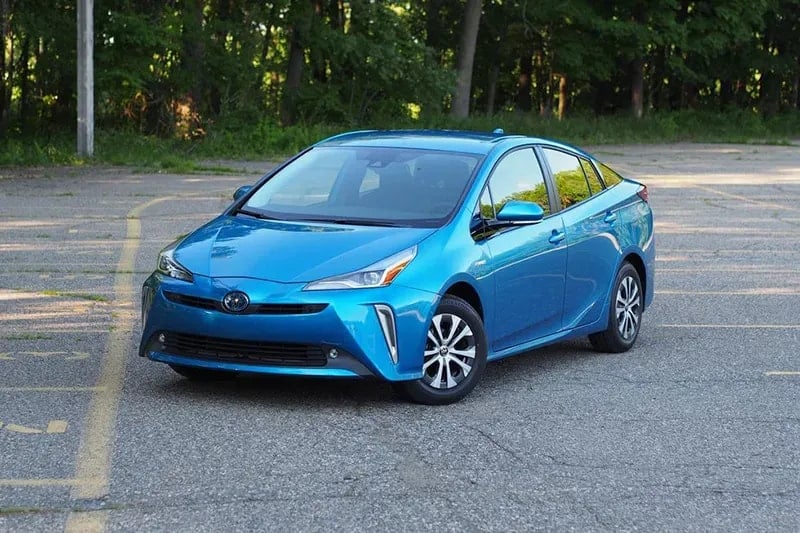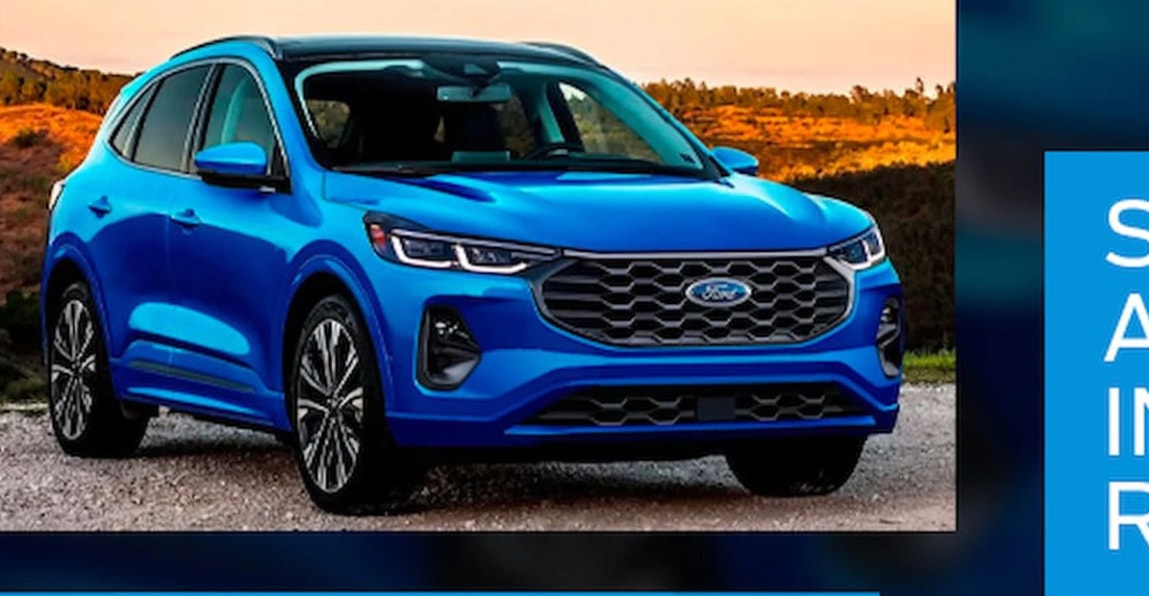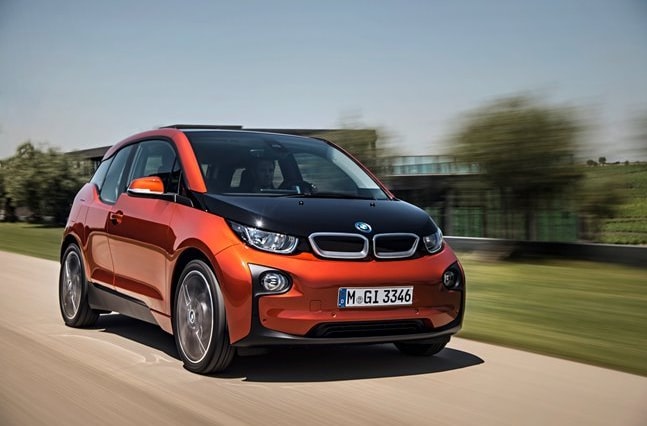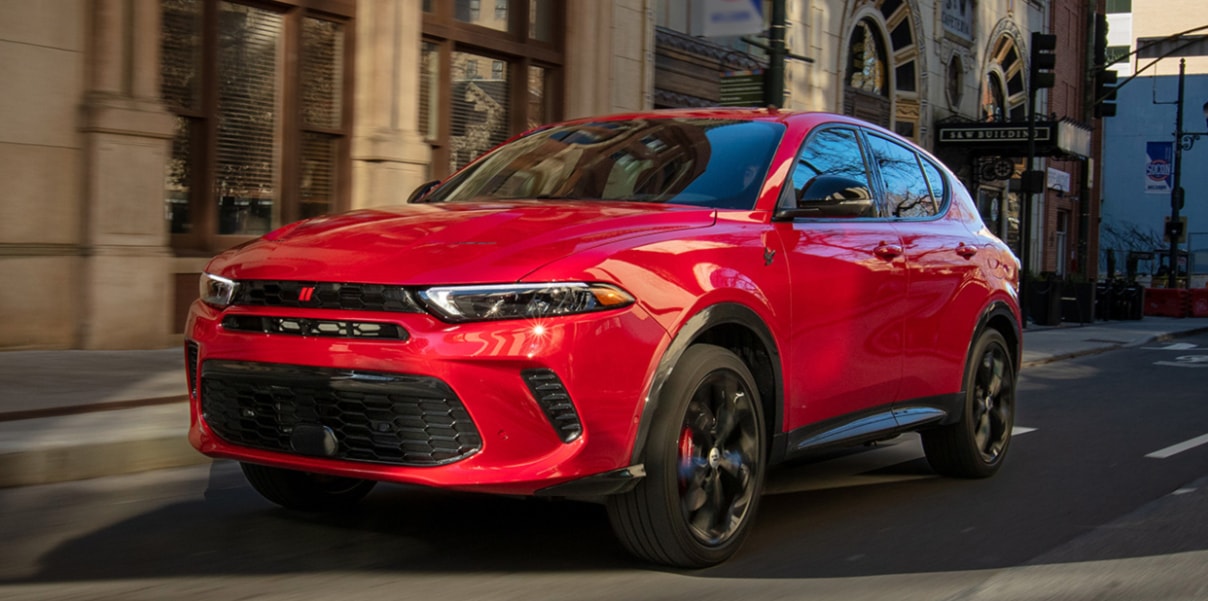Quick summary:
PHEV is both a hybrid and an externally charged electric vehicle, with an electric range of 20 - 60 km.
There are many drive configurations: power-split, series, through-the-road.
Pure electric is generally weaker than hybrid, except for some special models.
Many people don't charge their PHEV, turning it into a bulky hybrid but still enjoy the benefits.
Plug-in hybrid cars: Future car technology
A plug-in hybrid vehicle (PHEV) is a hybrid vehicle that combines a conventional hybrid with an electric vehicle, with an electric driving range of 20–60 miles (32–96 km).

However, this combination confuses many car buyers, because it can both operate as a regular hybrid (like the Toyota Prius), and can also charge the battery from the grid to travel on electric power for short distances.
PHEVs are good for short daily commutes, about 37 miles (60 km) according to the US Department of Transportation. If you charge regularly, you may only need to fill up with gas every few months. But when you need to go far or can’t charge, the car still operates as a fuel-efficient hybrid.
Plug-in Hybrid Vehicles
PHEVs come in several forms:
Power-Split Hybrids
Most PHEVs use a power-split system, combining the torque from the gasoline engine and the electric motor to drive the same axle. Manufacturers like Toyota and Ford use this configuration, usually in front-wheel drive (like the Toyota Prius) or all-wheel drive vehicles.

Four-wheel drive can be achieved via a mechanical driveshaft (like the 2005–2012 Ford Escape Hybrid) or an additional electric motor to the rear wheels (like the current Toyota Prius, RAV4 Hybrid). This system allows the vehicle to smoothly switch between electric and gasoline power sources.
Series Hybrids

A rarer type is a series hybrid, where the gasoline engine is used only to run a generator that charges the battery, without directly driving the wheels. The BMW i3 is one of the few cars to use this configuration.
Through-the-Road Hybrids

Some PHEVs use a gasoline engine to drive one axle and an electric motor to drive the other. The control system decides when to use electricity or gasoline to supplement power. The Dodge Hornet R/T and Alfa Romeo Tonale are examples, with a powerful electric motor driving the rear wheels and a small electric motor assisting the gasoline engine up front.
Electric efficiency compared to pure electric vehicles
PHEVs are typically less powerful when running on electric power alone than when running on a gas-electric hybrid. For example, the 2024 Mazda CX-90 PHEV has a 173-horsepower electric motor, but a total hybrid output of 323 horsepower. This results in significantly slower acceleration in electric mode (11 seconds from 0 to 60 mph) than in hybrid mode (5.9 seconds).
The Chevrolet Volt (2011–2018) is the exception, with nearly identical performance whether running on electric or hybrid power.
Whenever high power is required, the gasoline engine will start and run for at least two minutes to warm up the catalyst, ensuring clean emissions. If the engine is not used much, repeated starts may occur even if power is only required for a few seconds.
Do Plug-in Hybrid Car Users Need to Charge Their Batteries Regularly?
A big issue with PHEVs is whether or not you charge them regularly. If you don't, the car just functions like a regular hybrid, but it's heavier and more expensive.
Data from GM and Ford in the 2010s showed that 75 percent of the Chevrolet Volt’s miles were driven on electricity. However, companies like Toyota and Jeep do not currently release this data.
Even without charging, automakers still benefit from emissions regulations, which sometimes makes PHEVs seem like vehicles built to meet regulations rather than actual customer demand. Stellantis, for example, prioritizes PHEV sales in states with strict emissions regulations, but limits them to pre-orders in other areas.
Source: https://baonghean.vn/plug-in-hybrid-xe-dien-vua-tiet-kiem-nhien-lieu-vua-chay-dien-co-dang-mua-10304493.html

























![[Photo] Binh Khanh Bridge Ho Chi Minh City is ready to reach the finish line](https://vphoto.vietnam.vn/thumb/1200x675/vietnam/resource/IMAGE/2025/8/14/b0dcfb8ba9374bd9bc29f26e6814cee2)


![[Photo] Firmly marching under the military flag: Ready for the big festival](https://vphoto.vietnam.vn/thumb/1200x675/vietnam/resource/IMAGE/2025/8/15/86df2fb3199343e0b16b178d53f841ec)

![[Photo] The special solidarity relationship between Vietnam and Cuba](https://vphoto.vietnam.vn/thumb/1200x675/vietnam/resource/IMAGE/2025/8/15/5f06c789ab1647c384ccb78b222ad18e)
































![[Photo] President Luong Cuong receives Finnish Ambassador to Vietnam Keijo Norvanto](https://vphoto.vietnam.vn/thumb/402x226/vietnam/resource/IMAGE/2025/8/15/9787f940853c45d39e9d26b6d6827710)


































Comment (0)